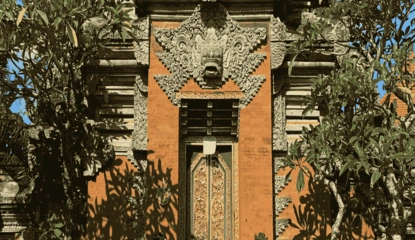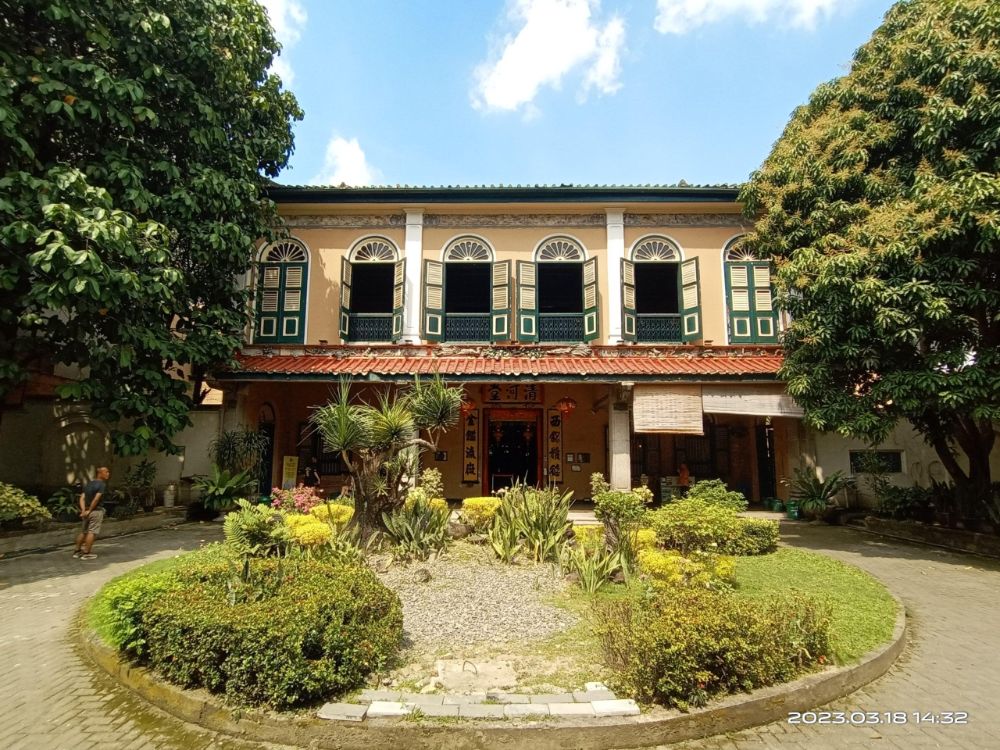Nestled off the western coast of Indonesia’s North Sumatra province lies Nias Island, a place of remarkable culture and traditions that captivate anyone who visits. Among its rich cultural treasures, the Owasa, or Stone-Jumping Ceremony (Hombo Batu), stands as one of the island’s most iconic and celebrated traditions. This unique ritual, deeply rooted in the history and identity of the Nias people, combines agility, bravery, and cultural pride in a stunning physical feat.
What is the Owasa (Stone-Jumping Ceremony)?
The Owasa, more widely known as Hombo Batu (Stone Jumping), is a traditional ceremony where young men leap over a tall stone structure, often nearly two meters (6-7 feet) in height, as a test of strength, bravery, and agility. The jumper must clear the stone wall without touching it, landing on their feet on the other side. Both impressive and symbolic, the Owasa ceremony is a unique cultural practice that has become a symbol of the Nias people's identity.
While today it is often performed as a cultural spectacle for tourists, the practice of stone-jumping has deeply historical and ceremonial origins, making it much more than just a physical feat.
The Origins and History of Owasa
Stone-jumping is believed to have originated centuries ago when Nias Island was divided into several tribal kingdoms that were often at war with one another. During these times, the Nias people built tall stone walls around their villages as fortifications against enemies. Aspiring warriors had to develop the ability to scale these walls in case of an attack or as part of their ceremonial preparation for battle.
In the past, Owasa was a warrior-like rite of passage. Leaping over the high stone wall demonstrated that a young man was physically and mentally prepared for battle. Success in the jump symbolized courage and strength, essential traits for defending one’s village. The jump may have also been used to display the supremacy of one tribe over another, showcasing their warriors' athleticism and fearlessness.
Stone-jumping was a measure of status and honor among men of Nias society. Those who successfully completed the jump were seen as brave and capable, earning respect in the community.
The Role of Owasa in Nias Culture
The Owasa ceremony is more than just a test of physical prowess, it holds deep cultural and spiritual significance for the Nias people. For centuries, stone-jumping was a rite of passage for boys to transition into adulthood. By completing the leap successfully, a young man proved his worthiness to take on adult responsibilities, protect his family, and eventually marry.
Success in the ceremony signifies bravery, determination, and maturity. Even today, many Nias men take pride in their ability to perform the jump, as it embodies the values of courage and strength. The ceremony reflects the Nias people's deep respect for their ancestors and their traditions. It serves as a cultural practice that keeps their heritage alive in a rapidly modernizing world.
The jump is part of larger traditional events such as village festivals, welcoming ceremonies, or public celebrations, where it is accompanied by traditional dances, music, and costumes that reflect the artistic heritage of Nias.
Modern Significance of Owasa
Over time, the Owasa ceremony has evolved from a rite of passage and preparation for war into a symbol of Nias heritage and a tourism attraction. Yet, it continues to hold cultural value and is a source of pride for the Nias people.
Preservation of Culture
As one of the most recognizable aspects of Nias culture, Hombo Batu is showcased at festivals, cultural exhibitions, and events, helping preserve the tradition for future generations.
Tourism
The ceremony has garnered international attention and is a must-see for visitors to Nias Island. It allows travelers to witness the island's culture firsthand, generating pride and awareness of the unique traditions of the Nias people.
Cultural Education
Nias communities and local organizations emphasize the importance of teaching younger generations the history and meaning behind stone-jumping. This ensures that the Owasa ceremony remains more than just a performance but a living tradition representing courage, discipline, and cultural unity.
Where to Witness Owasa
Visitors to Nias Island can experience the Owasa ceremony in its authentic setting. Some of the best locations to witness this cultural spectacle include:
- Bawomataluo Village
Known as the "Sun Hill Village," Bawomataluo is one of the most famous cultural sites on Nias Island. The village is home to well-preserved stone structures and traditional wooden houses (omo hada) where stone-jumping ceremonies are still performed. - South Nias Cultural Festival
Events and festivals held in South Nias often include Hombo Batu performances as part of efforts to promote the region's cultural tourism. - Museums and Cultural Centers
Cultural museums on Nias Island often have exhibits about traditional Nias practices and may even host stone-jumping demonstrations.









